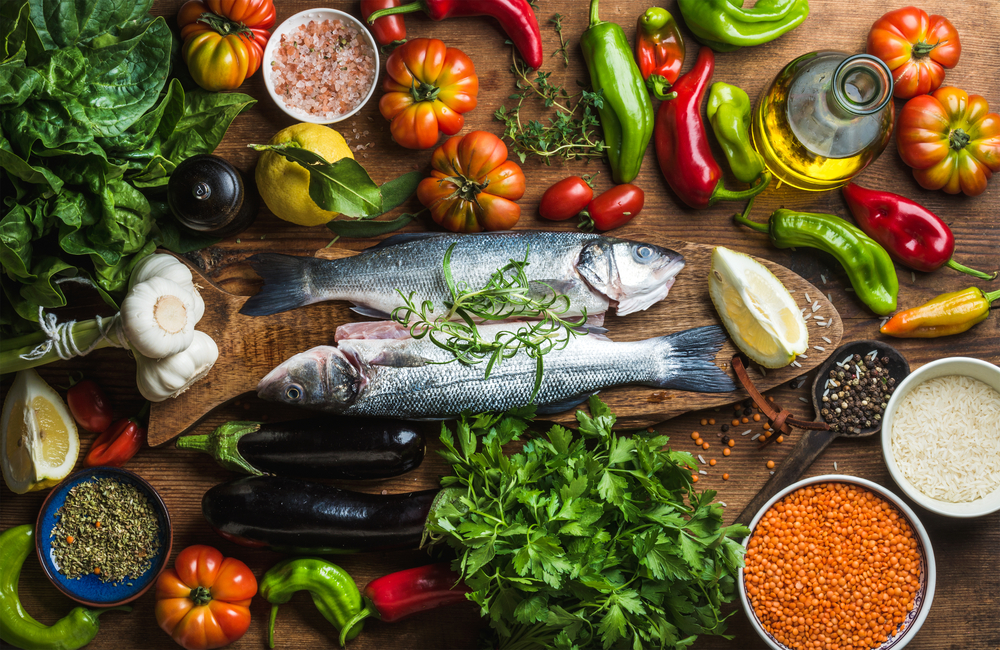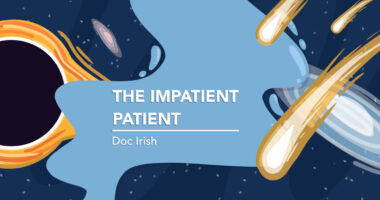Eating More Fish Could Help Prevent Toxic Protein Aggregates in Neurological Disorders, Study Shows

A protein abundant in fish, called β-parvalbumin, can prevent alpha-synuclein aggregation, which is a hallmark of Parkinson’s disease and other neurological disorders, according to a recent study.
This suggests that eating more fish may help prevent toxic events associated with alpha-synuclein aggregation and progression of several neurological diseases.
This finding was reported in the study, “Abundant fish protein inhibits α-synuclein amyloid formation,” published in the journal Scientific Reports.
Fish has long been regarded as a healthy food, linked to improved long-term cognitive health. These benefits are often assumed to come from the high content of omega-3 and omega-6 fatty molecules in the fish. However, scientific evidence to support this hypothesis is controversial, and other molecules could be involved.
To study this, researchers at Chalmers University of Technology in Sweden evaluated the potential role of β-parvalbumins in human health. This protein is present at high levels in most fish species and has been recognized as the main trigger of allergic reactions in patients sensitive to fish.
Researchers found that when β-parvalbumin and alpha-synuclein are in contact, they can interact and form new aggregates, preventing alpha-synuclein from reacting with itself and forming the toxic amyloid plaques that are the basis of several neurodegenerative diseases.
“Parvalbumin collects up the ‘Parkinson’s protein’ [alpha-synuclein] and actually prevents it from aggregating, simply by aggregating itself first,” Pernilla Wittung-Stafshede, PhD, professor and head of the chemical biology division at Chalmers and lead author of the study, said in a press release.
Herring, cod, carp, and redfish, including sockeye salmon and red snapper, have particularly high levels of parvalbumin. Notably, the levels of parvalbumin can also vary widely throughout the year.
“Fish is normally a lot more nutritious at the end of the summer, because of increased metabolic activity. Levels of parvalbumin are much higher in fish after they have had a lot of sun, so it could be worthwhile increasing consumption during autumn,” said Nathalie Scheers, PhD, assistant professor in the department of biology and biological engineering.
This finding sheds new light on the health benefits of fish consumption, not only adding new knowledge on ways to prevent neurological damage caused by amyloid aggregation, but also possible new therapeutic options for several diseases, including Parkinson’s, amyotrophic lateral sclerosis (ALS) and Huntington’s disease.
“These diseases come with age, and people are living longer and longer. There’s going to be an explosion of these diseases in the future — and the scary part is that we currently have no cures. So we need to follow up on anything that looks promising,” Wittung-Stafshede said.
The team is planning additional studies to further evaluate the potential benefit of β-parvalbumin to treat human diseases. Scheers, together with Ingrid Undeland, a food science professor at Chalmers, is planning a new study to analyze β-parvalbumin from herring and its transport mechanisms in human tissues.
“It will be very interesting to study how parvalbumin distributes within human tissues in more depth. There could be some really exciting results,” Scheers said.






